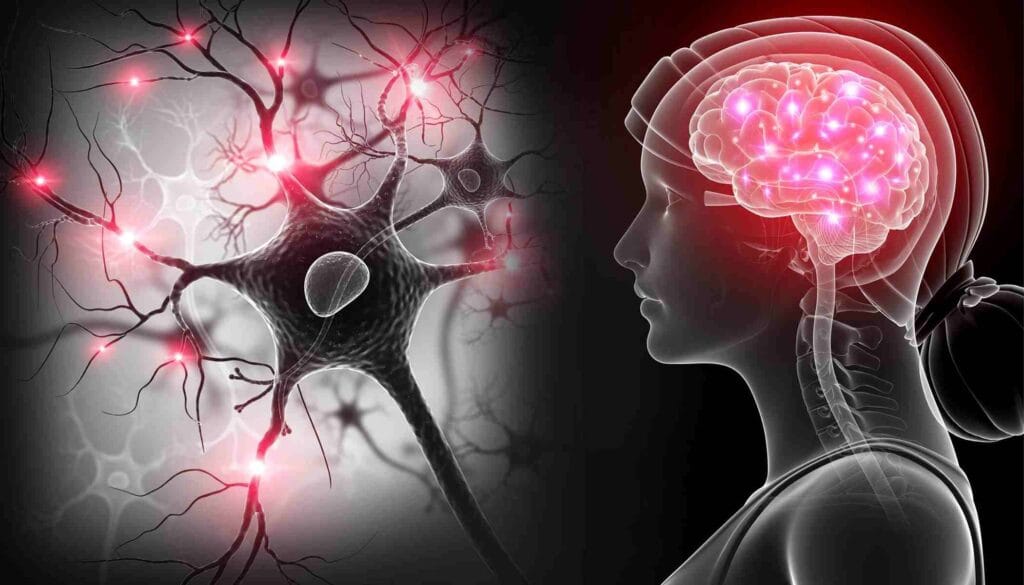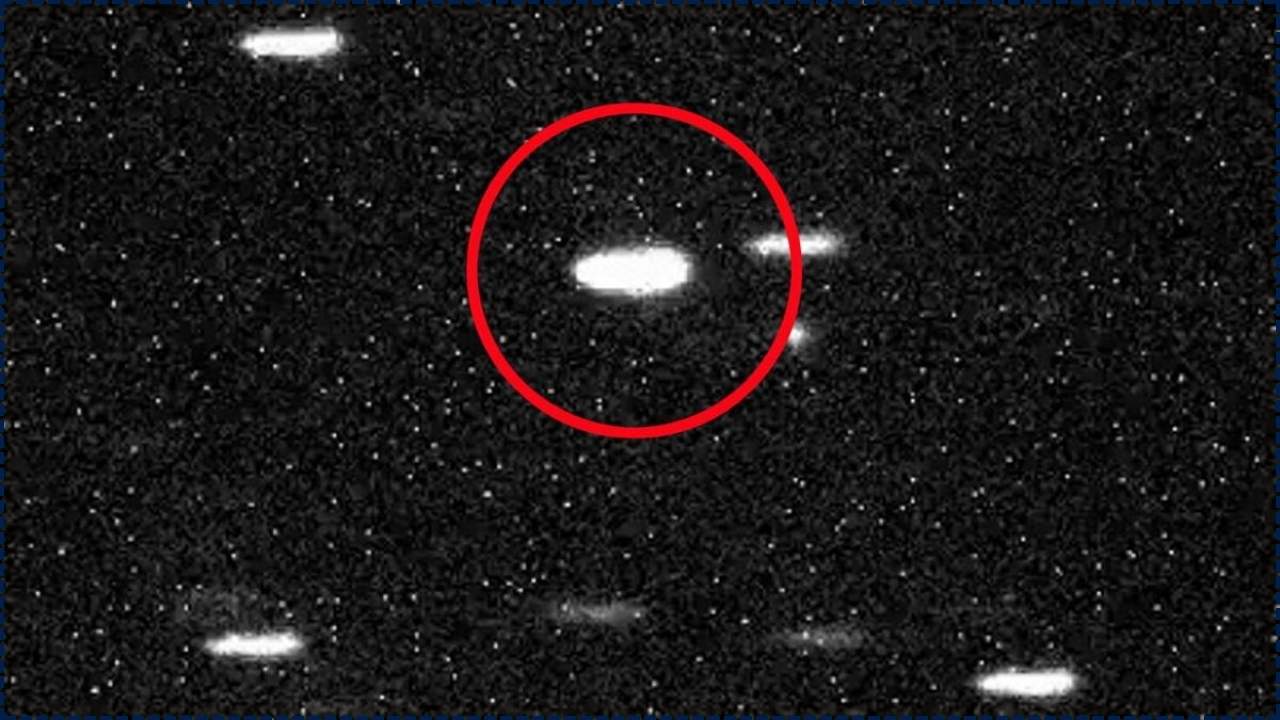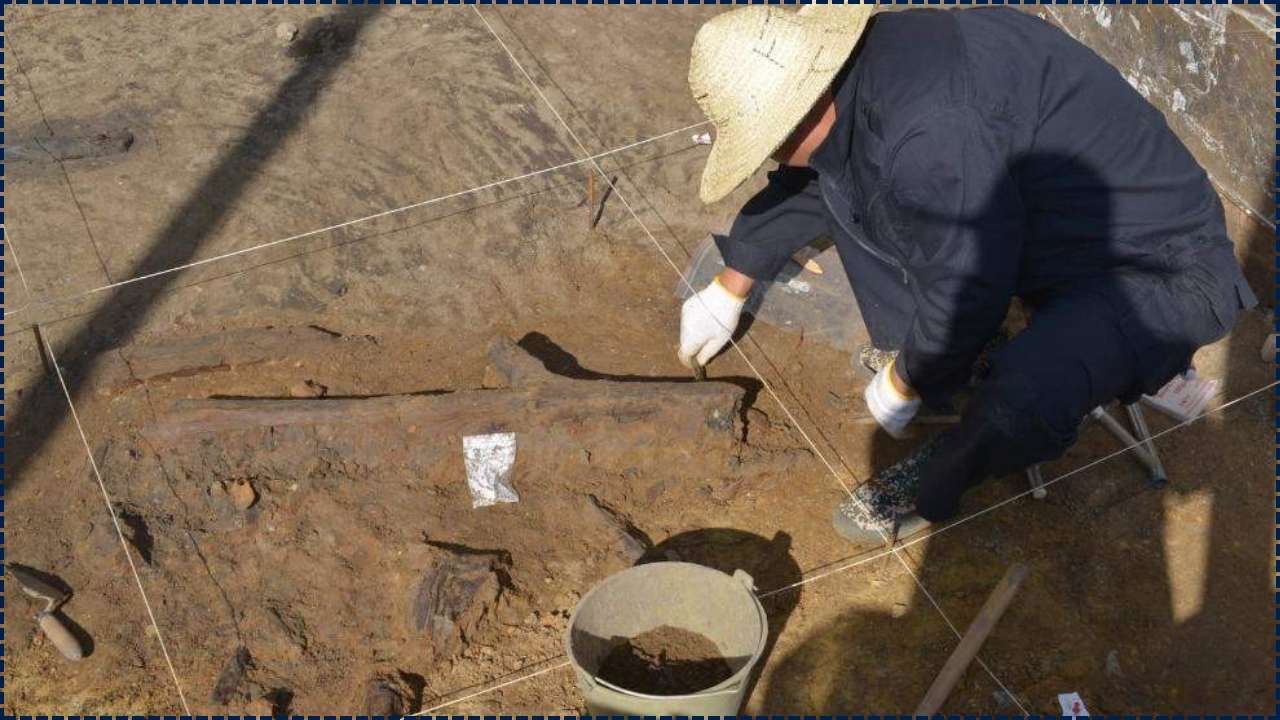In a heartwarming leap forward, scientists have discovered a tiny protein called hevin that carries immense hope for transforming how we care for aging minds and those touched by dementia. In studies with aging mice, boosting hevin levels in their brains not only sharpened their memories but also gently reversed signs of cognitive decline—without targeting the beta-amyloid plaques often linked to Alzheimer’s. This discovery is a beacon of possibility, inviting us to reimagine a future where our loved ones can thrive with vibrant minds.

Far from a fleeting dream, this breakthrough is rooted in years of dedicated research and rigorous, peer-reviewed science. Hevin’s potential reaches beyond merely easing symptoms; it offers a path to restore the brain’s lost vitality, bringing renewed clarity and connection to those affected by Alzheimer’s and age-related cognitive challenges. This work touches the heart of our shared humanity, promising to uplift families and communities by fostering brighter, more engaged lives for those we cherish.
What makes hevin truly special is its nurturing approach. Rather than fighting harmful elements, it acts like a gardener, nourishing the brain’s natural strengths to help it flourish. This vision of empowering our minds to heal and grow redefines how we approach aging, inspiring us to see it as a journey of resilience and possibility. By embracing hevin’s promise, we can unite in a collective commitment to support one another, ensuring that every mind is given the tools to shine brightly, fostering hope and dignity for generations to come.
Scientists Identify Molecule That Blocks Aging
| Feature | Details |
|---|---|
| Discovery | Hevin protein reverses cognitive decline in aged mice |
| Source of Hevin | Naturally secreted by astrocytes in the brain |
| Main Effect | Restores memory, boosts learning, improves neuron communication |
| Amyloid-Independent | Works without reducing beta-amyloid plaques |
| Future Application | Possible treatment for Alzheimer’s and other age-related cognitive disorders |
| Study Published In | Aging Cell |
| Next Research Steps | Human trials, blood-brain barrier delivery testing |
The discovery of hevin’s potential to reverse age-related memory loss in mice is a hopeful leap forward. It offers a new perspective on how to treat dementia and aging, not through destruction but through restoration and connection. While more research is needed, this molecule could one day help millions reclaim their memories, their independence, and their lives.
What Exactly Is Hevin?
In the nurturing embrace of our brains, a protein called hevin, released by star-shaped astrocytes, works quietly to support the neurons that light up our thoughts and memories. These astrocytes are like the unsung caregivers of the mind, delivering nourishment, clearing away clutter, and now, with hevin’s help, offering the promise of renewing our brain’s vitality. This discovery invites us to come together in hope, envisioning a world where aging minds can flourish with renewed clarity and connection.
Hevin plays a vital role in synaptic plasticity—the brain’s beautiful ability to adapt, learn, and grow. In childhood, this plasticity sparkles, enabling us to soak up languages, solve puzzles, and embrace new experiences with ease. As we age, this flexibility often dims, but hevin offers a gentle spark of hope, potentially restoring that youthful adaptability. It’s a reminder that our minds, like our communities, can thrive with the right care and support.
In studies with older mice, those with lower hevin levels struggled with memory and learning. Yet, when researchers lovingly boosted hevin in their brains, the results were heartwarming: the mice navigated mazes with confidence, recalled experiences with clarity, and showed stronger connections within their brains. Remarkably, these changes unfolded without altering beta-amyloid plaques, long seen as a challenge in Alzheimer’s. This breakthrough is a call to unite in care, inspiring us to nurture the potential within every mind, fostering a future where dignity, memory, and connection are cherished for all.

Why It Matters: Alzheimer’s and Beyond
For years, the fight against Alzheimer’s has centered on clearing beta-amyloid plaques, yet this approach has yielded only limited success, with treatments like Aduhelm offering modest benefits alongside significant challenges. This struggle has sparked a collective yearning among families, caregivers, and researchers for a new way forward—one that nurtures hope and healing. Now, the discovery of hevin, a remarkable protein, offers a compassionate shift in perspective, inviting us to support the brain’s natural ability to mend and reconnect.
Unlike past efforts to simply remove plaques, hevin works like a gentle bridge-builder, strengthening the communication pathways between neurons. By fostering these vital connections, hevin helps the brain heal itself, offering a fresh, uplifting approach that resonates with the dreams of those touched by Alzheimer’s. This isn’t just about slowing a disease—it’s about restoring the spark of memory, clarity, and connection that defines our shared humanity.
Imagine a world where we don’t just delay Alzheimer’s but help loved ones reclaim their cognitive vitality, rekindling moments of joy and togetherness. Hevin-based treatments hold the promise of this brighter future, uniting scientists, patients, and communities in a shared mission to nurture the mind’s resilience. Together, we can embrace this hopeful path, fostering care and dignity for all those affected by Alzheimer’s.
How the Study Worked (In Plain English)
Researchers used special lab mice that were engineered to produce less hevin as they got older. These mice began showing signs of cognitive aging, including poor memory, slower learning, and lower neural activity.
The scientists then injected a viral vector (a harmless virus carrying the gene for hevin) into the brains of these mice. What happened next was remarkable. Within weeks, the mice began to behave like much younger mice. They remembered how to escape mazes, recognized familiar objects, and even showed signs of better emotional regulation.
Brain scans confirmed that synaptic connections were strengthened and activity in key memory areas had increased. This indicated that hevin wasn’t just masking symptoms – it was driving true biological changes.
What This Means for Future Human Treatments
So, what happens next? Moving from mice to humans isn’t easy, but the roadmap is starting to form:
1. Clinical Trials
Human testing will begin with safety trials to determine the best way to deliver hevin and whether it’s safe at various doses.
2. Crossing the Blood-Brain Barrier
The brain has a strict entry policy, and getting drugs past its protective barrier is tough. Scientists are exploring whether hevin itself, or small molecules that activate hevin pathways, can cross this barrier effectively.
3. Drug Development and Regulation
Big pharma and biotech companies are likely to jump on this. Once effectiveness is shown in early trials, companies will work on creating patentable drug candidates that mimic hevin.
4. Long-Term Monitoring
Will this work for years or just temporarily? Researchers will follow trial participants over time to see how long the benefits last and whether any new side effects emerge.
Real-World Impact: Why You Should Care
Dementia affects millions of families, robbing people of their memories, independence, and personality. Current treatments offer limited hope. That’s why discoveries like this one are so powerful.
If hevin continues to show promise, it could give people more quality years of life, keep loved ones connected longer, and reduce the burden on caregivers and healthcare systems.
It also highlights how the brain is not as fixed as we once thought. Even in later years, it may have the tools to regenerate and recover – if we know how to help it.
Related Links
This U.S. Town Lives Without WiFi or Smartphones in 2025 and Here’s Why
European Space Agency Sends Classical Music Into Space—Here’s Why
Crypto Blowback: Labor Department Kills Biden’s 401(k) Crypto Guidance in Stunning Move
Final Thoughts: Blending Ancient Wisdom and Modern Science
Many Indigenous teachings speak to the deep wisdom of the human body and spirit. The idea that healing involves nourishing what’s already within us, rather than just attacking illness, aligns beautifully with hevin research.
In Native American culture, harmony and balance are central. Hevin doesn’t act like a hammer. It acts like a tune-up, helping restore a natural balance. By listening to the body and supporting its strengths, we may unlock better ways to age with dignity and clarity.
FAQs
Q: Is hevin available as a treatment right now?
A: Not yet. It’s still in the early stages of research and only tested in animals so far.
Q: Is this related to gene therapy?
A: Partially. The current experiments used a viral vector, a common tool in gene therapy, to deliver hevin into the brain.
Q: Can lifestyle choices increase hevin naturally?
A: No confirmed studies yet, but healthy brain habits like exercise, sleep, and social activity may support similar pathways.
Q: What makes hevin different from other Alzheimer’s drugs?
A: It focuses on restoring synaptic function rather than targeting plaques or tangles.
Q: How long until this is ready for people?
A: If trials go well, we could see early versions within 5–10 years.












